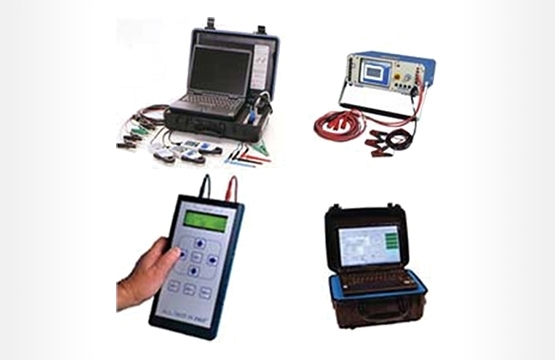

It is estimated that almost half (45%) of global electricity is used by electric motors. Electric motors drive all parts of many industries, from power generation to water and food supply to consumer products. The importance of electric motors in modern society cannot be under- stated. It is because of this large role that it pays huge dividends to keep our electric motors running efficiently through a quality reliability program that includes Electric Motor Testing (EMT) and Motor Circuit Analysis (MCA).
Electric motor test instruments have become extremely effective reliability and diagnostic tools for motor and motor circuit testing. Significant improvements in motor longevity and overall plant reliability may be achieved through proper implementation of this established technology. But, as with any new program there will be growing pains. These will start immediately upon receipt of your test equipment. Who should conduct the testing? When should testing be conducted? Do we have procedures in place? If not, what procedures need to be developed? What should be tested? The following paper provides eight steps that, if followed, will enable successful and effective electric motor testing data for your reliability program.
Step 1 - Personnel Preparation
As with any endeavor, the key to success is knowledge of the task to be performed. With motor testing this means a thorough understanding of the equipment to be used including test capabilities, diagnostic strengths/weaknesses, and in-depth knowledge of the equipment to be tested.
Equipment capability information is usually provided by the motor tester manufacturer through initial training. A comprehensive knowledge of motor operation and failure modes is also necessary, but it’s not something easily obtained and is rarely provided by the test equipment manufacturers. Apprentice training, experience and specialized training are the most effective means of gaining the necessary knowledge.
Developing proficiency is another challenge. This where we don’t want to learn by our mistakes. Making erroneous calls and missing significant problems will detract from the credibility of the equipment, the technician, and the reliability program. Most industrial facilities have spare motors on hand, so when first starting to test, test warehouse spares, then expand to acceptance testing. This will provide you with time to learn software, test capabilities and develop the proficiency to test operational motors with competence and expedience.
Step 2 - Preparation for Equipment to be Tested
What equipment should be tested? Perspectives can vary widely in answer to this question. Criticality is in the eye of the functionary at your facility. What is critical to production may not be as critical to the maintenance or safety departments. The best way to address criticality is from four basic perspectives; operational, safety, logistical, and environmental.
Operational Criticality is straightforward and is based primarily on operating voltage:
- Medium / high voltage / frequent starts
- Medium / high voltage
- Low voltage / frequent starts / high horsepower
- Low voltage / high horsepower
- Critical VFD powered motors
- Non-redundant critical motors
Medium and high voltage equipment will cost significantly more to repair or replace and may require prolonged lead time for replacement. Frequent starts, at any voltage, will fail more frequently than motors that run continuously or start infrequently. Motors that are driven from VFD’s normally run hotter and are subject to more rapid thermal degradation of the insulation. Some motors of fractional horsepower may be critical, i.e. a ¼ HP lube oil pump for a 6000 HP sleeve bearing motor may be as critical as the 6000 HP motor.
Safety Criticality is simple and straightforward as well. Can someone be killed or injured if this equipment fails?
Logistical Criticality is based upon availability of repair facilities and replacement parts. In this world economy, parts may have to be manufactured halfway around the globe. This entails a prolonged downtime for the failed equipment and a possible significant effect on the process.
Environmental Criticality is, again, straightforward; will failure of this equipment cause environmental damage such as a toxic effluent release or excessive air pollution?
Get all of the key players involved to determine criticality of equipment. Sit down and discuss priorities, maintenance difficulties, safety, and logistical issues and come up with a list of critical assets. Once an equipment list is developed it should be organized into routes. Plan so that a maximum number of assets can be availed in each location. Jumping around reduces productivity. Routes should have a recurring periodicity based on criticality.
Next month we will cover some additional steps to follow to help you establish and maintain a successful and effective electric motor program by getting reliable testing data.